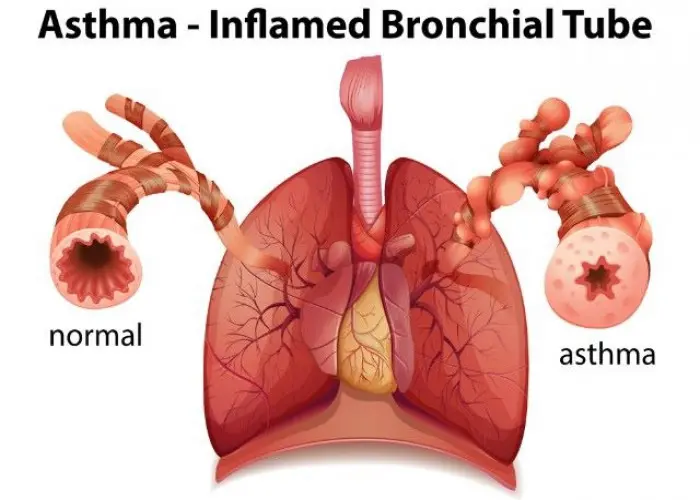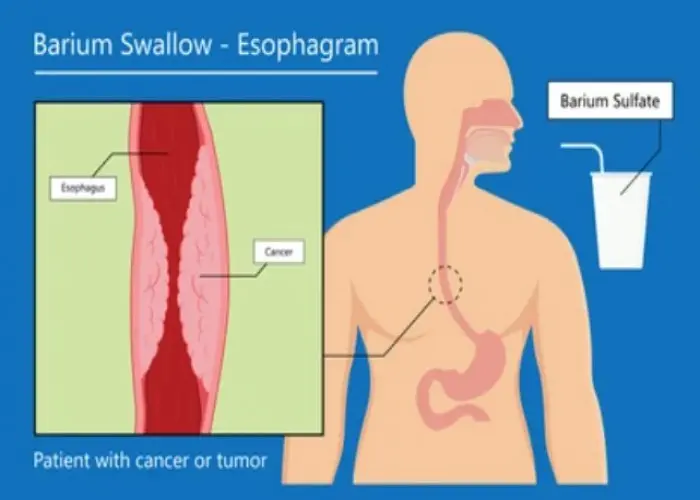 Welcome
Welcome
“May all be happy, may all be healed, may all be at peace and may no one ever suffer."
Exercise-induced asthma

Exercise-induced asthma (EIA) is a condition in which physical activity or exercise triggers asthma symptoms such as coughing, wheezing, chest tightness, and shortness of breath. This condition can affect people of all ages, and it is particularly common in people who already have asthma.
During exercise, people tend to breathe more rapidly and deeply, which can cause the airways to narrow and become inflamed, leading to EIA symptoms. In addition, cold and dry air, air pollution, and other environmental factors can exacerbate EIA symptoms.
Treatment for EIA may include the use of an inhaler, such as a short-acting beta-agonist, before exercising to help prevent symptoms. In some cases, a long-acting inhaler or other medications may be recommended to help manage EIA symptoms. It may also be helpful to warm up slowly before exercising and to cool down gradually afterward.
Preventing EIA may involve avoiding triggers that can exacerbate symptoms, such as cold or dry air, air pollution, and exposure to allergens. In some cases, it may be necessary to modify the type or intensity of exercise to prevent EIA. Regular monitoring and follow-up with a healthcare provider are important for managing EIA and adjusting treatment as needed.
Research Papers
Disease Signs and Symptoms
- Cough
- Shortness of breath (dyspnea)
- Chest pain
- Fatigue (Tiredness)
Disease Causes
Exercise-induced asthma
It's not clear what causes exercise-induced bronchoconstriction. There may be more than one biological process involved. People with exercise-induced bronchoconstriction have inflammation and might produce excess mucus after hard exercise.
Disease Prevents
Disease Treatments
Your doctor might prescribe drugs to take shortly before exercise or to take daily for long-term control.
Pre-exercise medications
If your doctor prescribes a drug that you take before exercise to minimize or prevent exercise-induced bronchoconstriction, ask how much time you need between taking the drug and exercising. Drugs in this group include:
- Short-acting beta agonists, which are inhaled drugs that help open airways. These are the most commonly used and generally most effective pre-exercise medications. Daily use of these medications is not recommended, however, because you can develop a tolerance to them. These drugs include albuterol (ProAir HFA, Proventil-HFA, Ventolin HFA) and levalbuterol (Xopenex HFA).
- Ipratropium (Atrovent HFA), an inhaled medication that relaxes the airways and may be effective for some people. A generic version of ipratropium also can be taken with a nebulizer.
Long-term control medications
Your doctor might also prescribe a long-term control drug to manage underlying chronic asthma or to control symptoms when pre-exercise treatment alone isn't effective. These medications, usually taken daily, include:
- Inhaled corticosteroids, which help suppress inflammation in your airways. You might need to use this treatment for up to four weeks before it will have maximum benefit. Inhaled corticosteroid medications include fluticasone (Flovent Diskus, Flovent HFA), budesonide (Pulmicort Flexhaler), mometasone (Asmanex Twisthaler) and beclomethasone (Qvar Redihaler).
- Combination inhalers, which contain a corticosteroid and a long-acting beta agonist (LABA), a drug that relaxes airways. While these inhalers are prescribed for long-term control, your doctor may recommend use prior to exercise. Combination inhalers include fluticasone and salmeterol (Advair Diskus), budesonide and formoterol (Symbicort), and mometasone and formoterol (Dulera).
- Leukotriene modifiers, which are oral medications that block inflammatory activity for some people. These drugs can be used daily or as a preventive treatment before exercise if taken at least two hours in advance. Examples include montelukast (Singulair), zafirlukast (Accolate) and zileuton (Zyflo, Zyflo CR).
- Potential side effects of leukotriene modifiers include behavior and mood changes and suicidal thoughts. Talk to your doctor if you have these signs or symptoms.
Don't rely only on quick-relief medications
You can also use pre-exercise drugs as a quick-relief treatment for symptoms. However, you shouldn't need to use your pre-exercise inhaler more often than your doctor recommends.
Keep a record of how many puffs you use each week, how often you use your pre-exercise inhaler for prevention and how often you use it to treat symptoms. If you use it daily or you frequently use it for symptom relief, your doctor might adjust your long-term control medication.
Disease Diagnoses
Disease Allopathic Generics
Disease Ayurvedic Generics
Disease Homeopathic Generics
Disease yoga
Exercise-induced asthma and Learn More about Diseases

Transient global amnesia

Hyperhidrosis

Varicocele

Tongue-tie (ankyloglossia)

Small vessel disease

Rheumatoid arthritis

Barrett's esophagus

Tuberculosis
exercise-induced asthma, ব্যায়াম-প্ররোচিত হাঁপানি
To be happy, beautiful, healthy, wealthy, hale and long-lived stay with DM3S.
